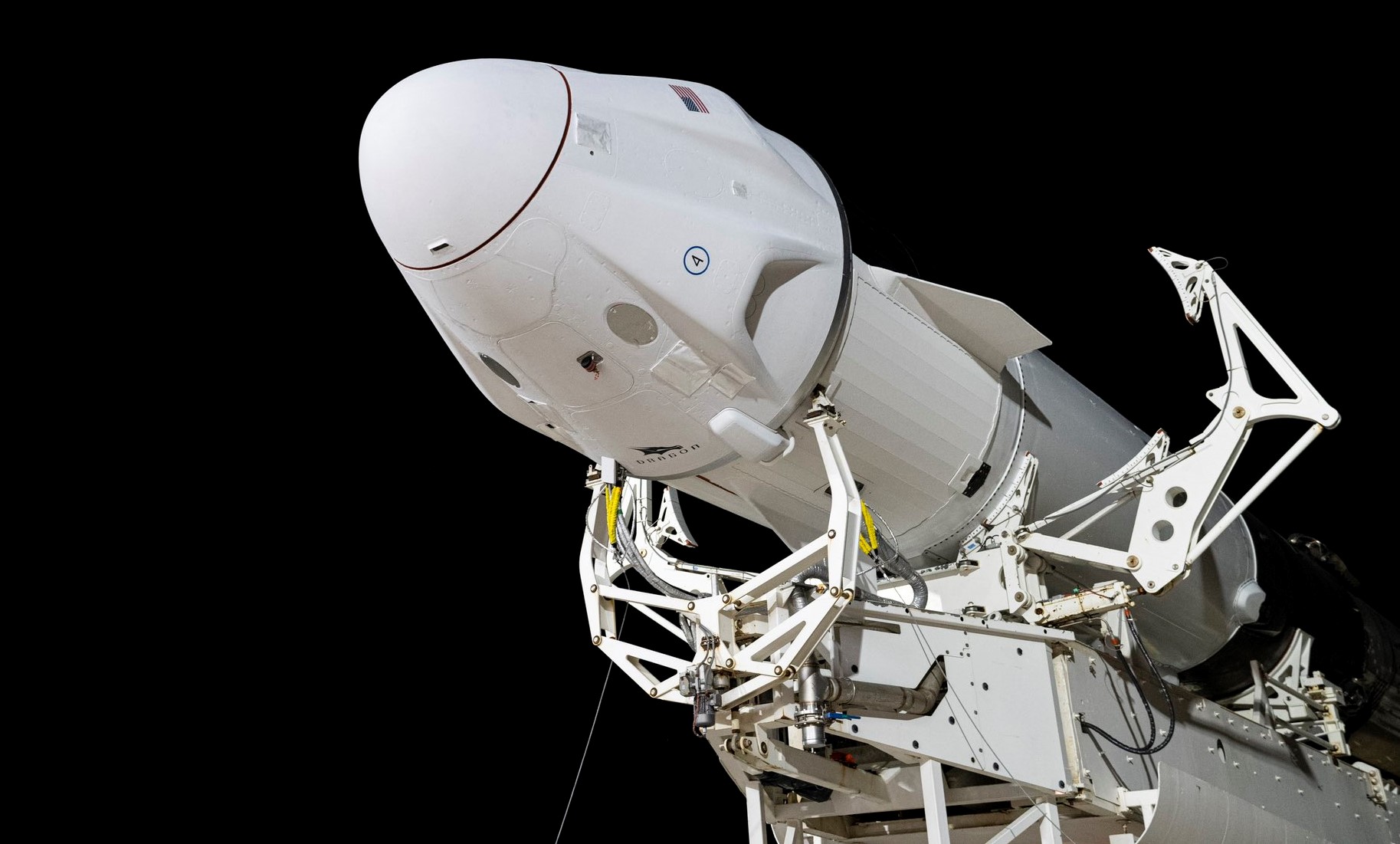
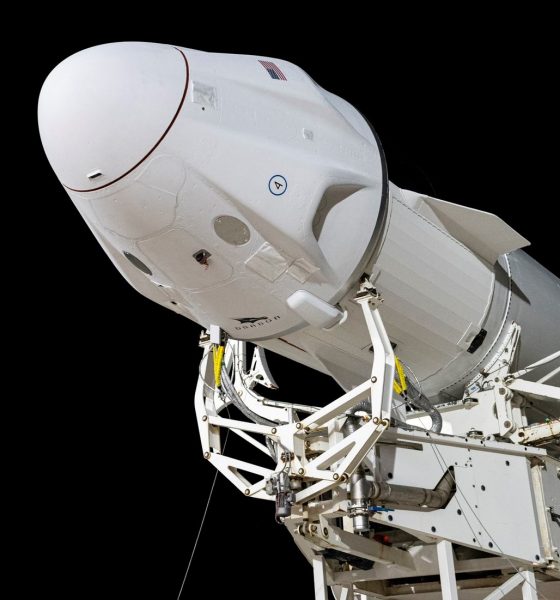
News
SpaceX’s next Crew Dragon astronaut launch slips into April
NASA, SpaceX, and private customer Axiom Space have decided to slightly delay two of the company’s upcoming Crew Dragon launches, both of which are now scheduled to occur in April.
Originally planned to launch as early as late 2021 and more recently delayed from February 21st to March 30th, Axiom Space’s Ax-1 mission has been pushed back once again and is now working towards a launch no earlier than (NET) 1:13 pm EDT (17:13 UTC) on Sunday, April 3rd. Ax-1 will mark a number of firsts but first and foremost, it will be the first fully private astronaut launch to the International Space Station (ISS) with no space agency-affiliated crew members aboard.
In response, to ensure “appropriate spacing for operations and post-flight data reviews between human spaceflight missions and to allow for multiple consecutive launch attempts based on the orbital mechanics for arrival to the space station,” NASA and SpaceX chose to delay Crew-4 – Dragon’s fourth operational astronaut transport mission – from April 15th to around 6:45 am EDT (10:45 UTC) on April 19th.
According to NASA and Axiom, Ax-1 was delayed to “allow teams to complete final spacecraft processing ahead of the mission,” implying that small delays in preparing Crew Dragon for flight are responsible for the slip. In Ax-1’s case, that’s somewhat understandable.
SpaceX has assigned Crew Dragon C206 (“Endeavour”) to the mission, making it the first time in history a space capsule is scheduled to launch astronauts into orbit for the third. Dragon C206 supported SpaceX’s inaugural astronaut launch – Demo-2 – in May 2020 and safely returned to Earth in August 2020. Fifteen months later, the same capsule carried four Crew-2 astronauts tp orbit, making SpaceX the second entity in spaceflight history to successfully reuse a crewed orbital spacecraft.
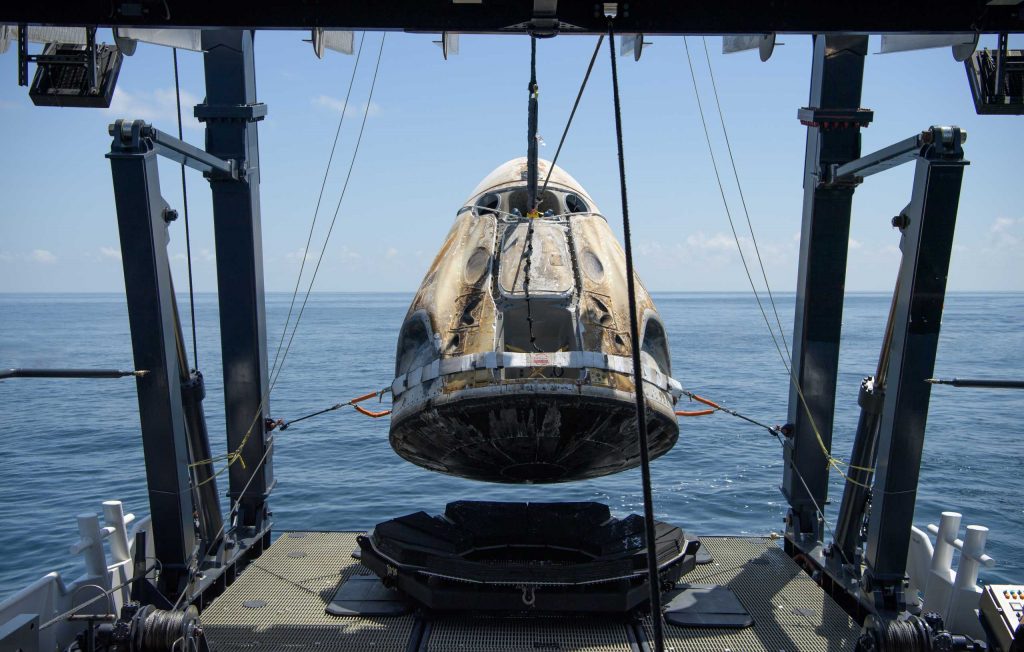
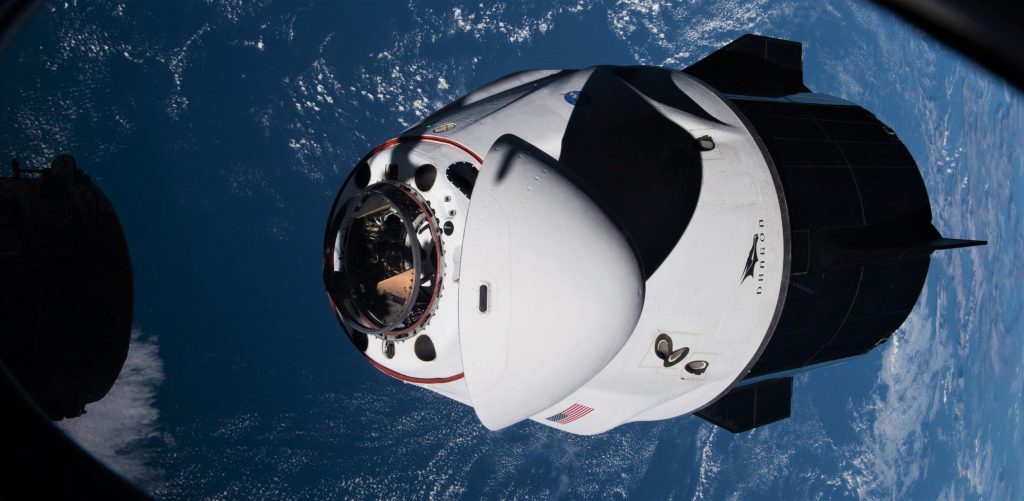
Now, a little over five months after Crew Dragon C206’s second successful reentry and splashdown, the spacecraft is scheduled to launch another four astronauts – this time all private citizens – to the ISS. Possibly explaining some of the launch delays the mission has experienced, that means that Ax-1 – a crewed launch – will be the first time any Dragon 2 capsule flies for the third time. It would be little surprise if combining a reusability pathfinder mission with the safety requirements of crewed spaceflight resulted in a need for more inspections, testing, and analysis than initially expected.
Once the mission launches, Axiom-1’s crew of four – one former NASA astronaut turned private spaceship pilot and three wealthy passengers – will spend around 10 days in orbit and 8 days aboard the space station. For an April 3rd launch, they should thus return to Earth on April 13th, leaving NASA and SpaceX six days to recover Dragon, debrief the crew, analyze data from the mission, and prepare to launch Crew-4.
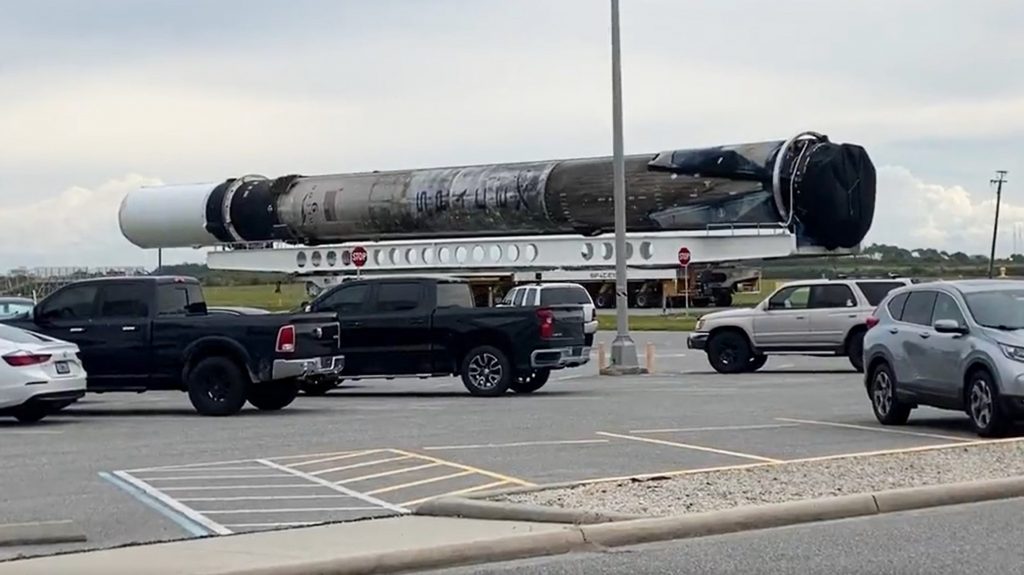
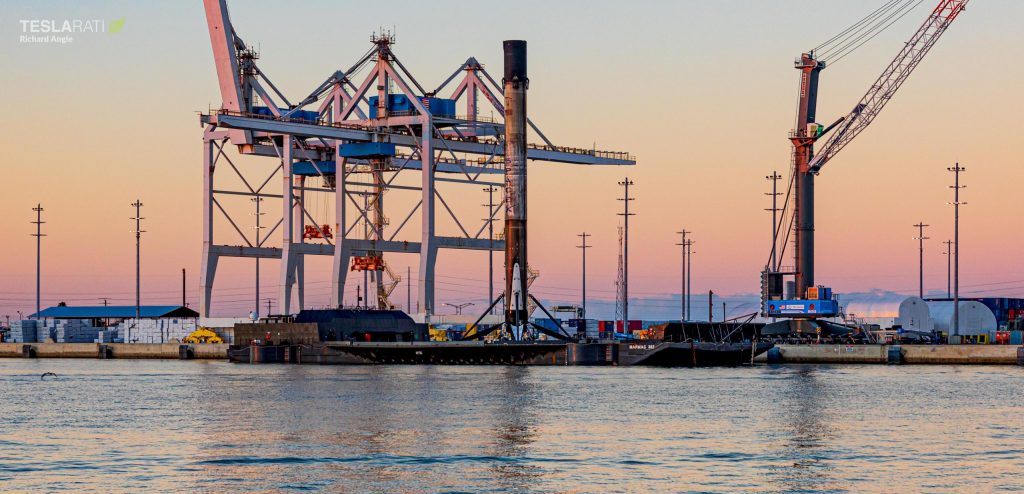
Crew-4 will fly out of the same Kennedy Space Center Launch Complex 39A pad, so the latest delay will also give SpaceX 16 days (instead of 12) to inspect the pad, complete any needed refurbishment, integrate Crew-4’s Falcon 9 and Dragon, and roll out the rocket for a static fire test a few days before liftoff
Crew-4 will debut a new Dragon capsule but both it and Ax-1 will use substantially reused Falcon 9 boosters. Axiom-1’s record-breaking Dragon will launch on Falcon 9 B1062, which will itself set a record as the first orbital-class rocket booster to launch humans on its fourth or fifth flight. Flying for the fourth time, Falcon 9 B1067 will launch Crew-4.

News
Tesla launches hiring for Robotaxi program in its twentieth country
Overall, the hiring signals Tesla’s aggressive timeline for global dominance in autonomous mobility.

Tesla has launched a hiring initiative for its Robotaxi program in its twentieth country, as the company posted two new jobs in Thailand this week.
Tesla is hiring in Bangkok and Kowloon for the Vehicle Operator position, which is related to data collection, and is the first in Thailand, but the twentieth country overall, as the company tries to expand into other markets.
🚨 BREAKING: Tesla is hiring additional full-time Vehicle Operators in Bangkok, Thailand.
Previous openings were 6-month, part-time roles. These are equivalent to AI Safety Operator roles in the U.S. pic.twitter.com/R6LzoU1bos— Tesla Yoda (@teslayoda) January 5, 2026
Tesla has had active job postings for Vehicle Operator positions in the United States, India, Israel, Taiwan, Germany, the Czech Republic, Hungary, the UK, Finland, Switzerland, Sweden, the Netherlands, Austria, Spain, Norway, Italy, and Turkey in past listings.
These postings are not all currently available, likely because the roles have been filled.
Thailand is the most recent, and broadens the company’s potential path to expanding its ride-hailing program, which is only active in the United States in Austin, Texas, and the California Bay Area, so far.
These roles typically involve data collection, which assists in improving Autopilot and Full Self-Driving operation. Tesla’s self-driving programs utilize real-world data that is accumulated and stored, observing vehicle and traffic behavior, as well as tendencies that are performed by human drivers to help increase safety and overall performance.
Overall, the hiring signals Tesla’s aggressive timeline for global dominance in autonomous mobility. Although the company has several high-profile rivals and competitors in the field, it has established itself as a main player and a leader in the development of autonomous technology, especially in the U.S., as its FSD suite is refined on almost a weekly basis.
The Full Self-Driving suite is available in seven countries and territories currently, including the U.S., Canada, China, Mexico, Puerto Rico, Australia, and New Zealand. Its biggest goal for expansion is currently the European market, where regulatory hurdles have been the main bottleneck prolonging its launch on the continent.
Tesla has performed months of testing in various European countries, including France and Spain, and does have support in some areas from various regulatory agencies. However, the company is hoping to get through this red tape and offer its suite in Europe for the first time, hopefully this year.
News
Tesla China rolls out Model Y upgrades, launches low-interest financing
These strategies are aimed at improving the ownership experience and keeping vehicle pricing competitive in the world’s largest electric vehicle market.

Tesla has rolled out minor updates to the five-seat Model Y in China, upgrading the vehicle’s center display to a higher-resolution 16-inch 2K screen. The electric vehicle maker also introduced attractive financing options, including 7-year low-interest rates, to offset the new purchase tax on EVs.
These strategies are aimed at improving the ownership experience and keeping vehicle pricing competitive in the world’s largest electric vehicle market.
Five-seat Model Y gets larger, better display
With its recent update, all three variants of the five-seat Model Y now feature an upgraded 16-inch 2K resolution center display, which replaces the vehicle’s previous 15.4-inch 1080p panel. This screen was already used in the six-seat Model Y L, and it offered improved visual clarity. Tesla China has also updated the Model Y’s headliner to black, giving the vehicle a sleeker appearance.
Prices of the five-seat Model Y remain unchanged at RMB 263,500, RMB 288,500, and RMB 313,500 for the respective trims. This update enhances the cabin experience as domestic rivals are already adopting high-resolution screens. As noted in a CNEV Post report, some domestic automakers have begun rolling out vehicles equipped with 3K-resolution displays.
New financing offers
Tesla also launched ultra-long-term financing offers for its locally produced models in China, which include the Model 3 sedan, the five-seat Model Y, and the six-seat Model Y L, through January 31, 2026. The 7-year option features an annualized fee rate as low as 0.5%, which is equivalent to 0.98% interest. This is expected to save customers up to RMB 33,479 ($4,790) compared to standard rates.
A 5-year zero-interest plan is also available, and it has been extended to the Tesla Model Y L for the first time. These incentives help offset China’s new 5% purchase tax on New Energy Vehicles (NEVs) in 2026-2027. Some of Tesla’s rivals in China have announced in recent months that they would be covering the purchase tax owed by buyers early this year.
News
Tesla Model Y’s new feature lands driver in hot water from police officer
“He gave me a warning and told me to get it fixed.”
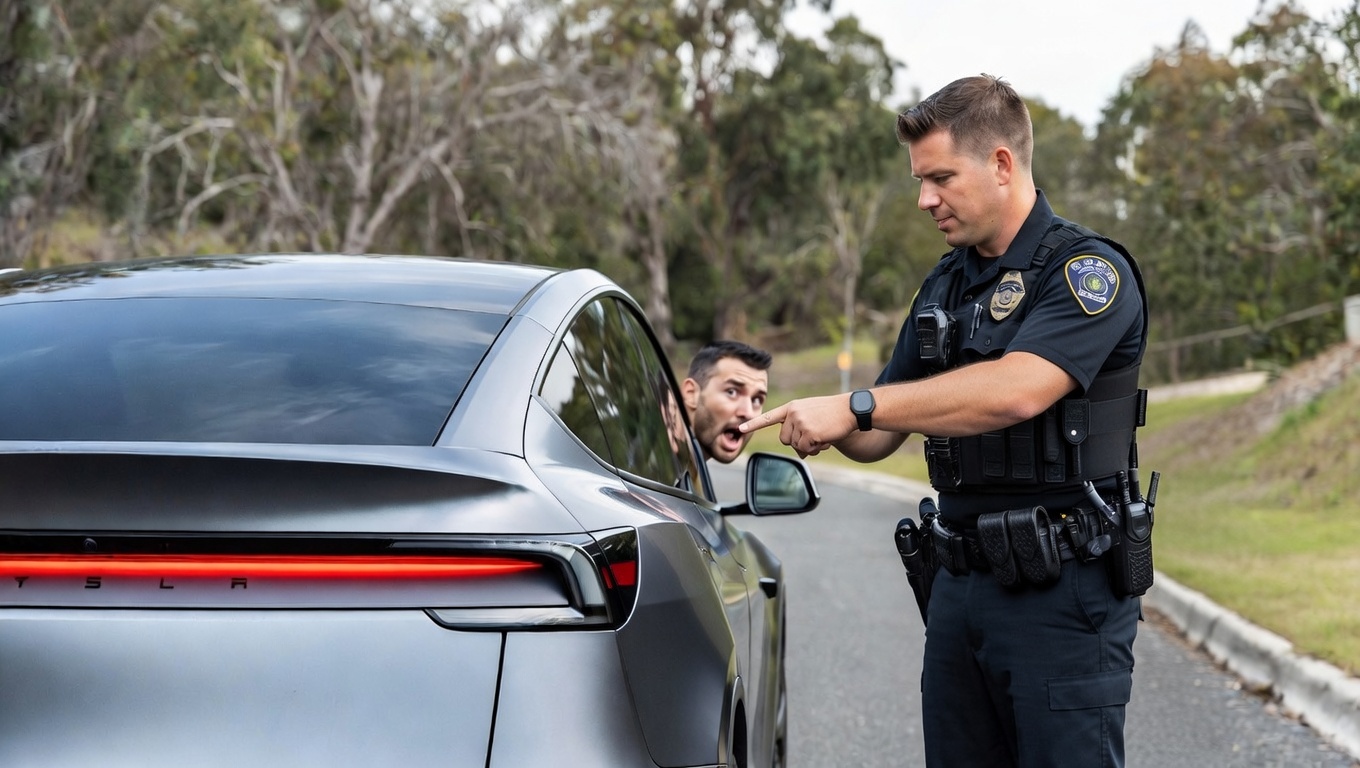
Tesla Model Y received a slew of both interior and exterior upgrades when the company refreshed its best-selling vehicle last year.
However, one of the more notable changes from an exterior perspective landed a driver in hot water with a local police officer, who was confused about the situation with the taillight bar and its ability to alert other drivers of a reduction in speed.
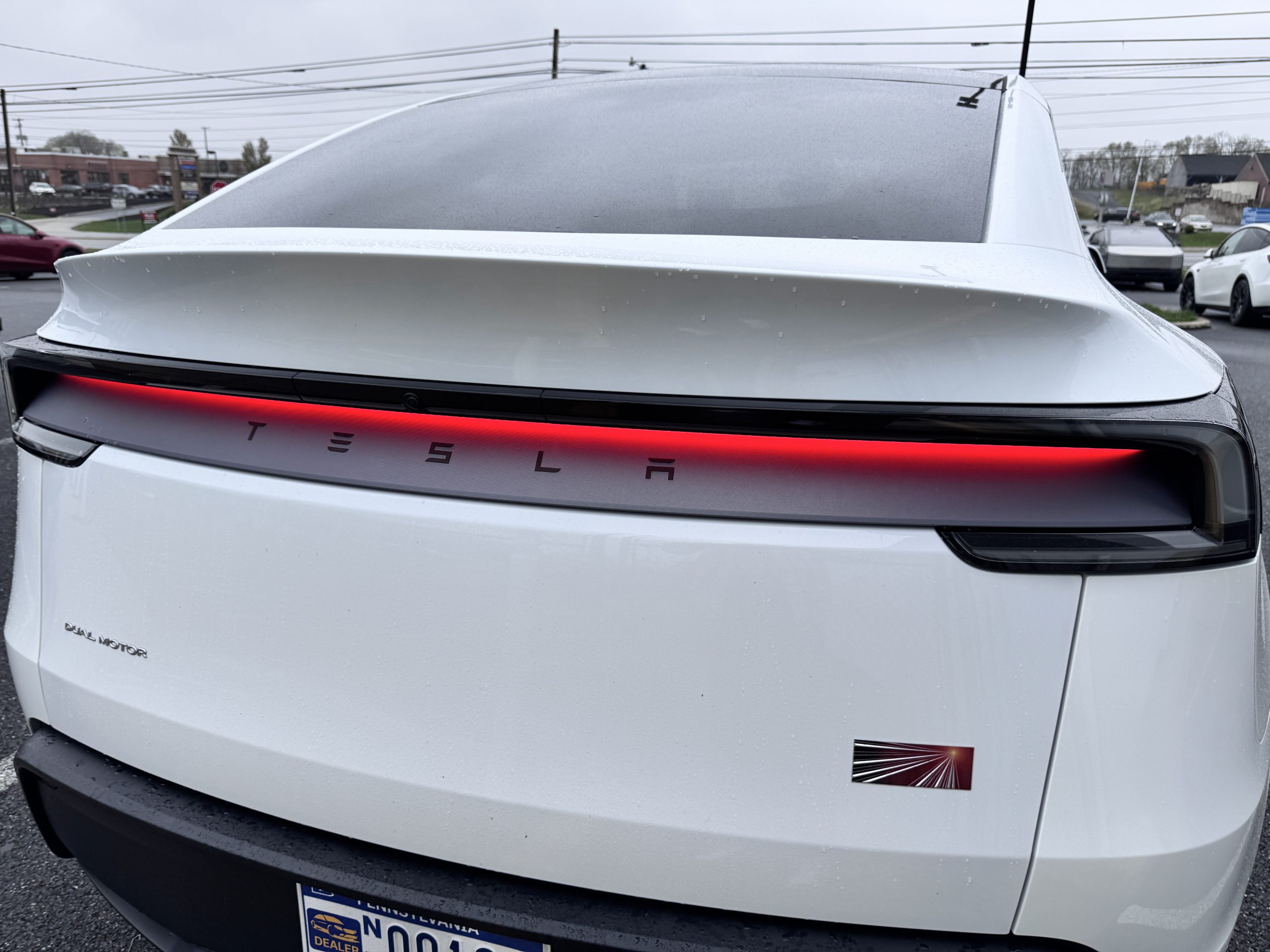
The new Tesla Model Y taillight with taillight glow
A Tesla Model Y owner in Indiana recently noted in a Facebook post that he was pulled over because a police officer thought the vehicle’s taillights were not turned on. However, the Model Y’s new rear light bar, which spans across the entire width of the vehicle, is more than visible in both light and dark conditions.
The incident, which was first spotted by Tesla Oracle, brings to light the interesting changes and perception of vehicle design that Tesla has brought forth with the new Model Y. We know some things might be head-scratching to some drivers, notably the Matrix Headlight technology present on the car, but this one truly baffled us.
The post stated:
“Just got pulled over for my tail lights not being “on” i told the officer it’s brand new. It has 1100 miles. I told him the red light bar is the taillight. The brake lights, both turn signals, and the red bar was on/worked. He told me that where the brake lights are, it should be illuminated there also. He gave me a warning and told me to get it fixed. Had anyone else had this kind of issue?”
Having the police officer tell a driver to “get it fixed” when it is a completely legal and functional design is pretty crazy.
However, the rear taillight bar, which glows and really gives the new Model Y a distinct difference between its previous iteration, is more than recognizable as a brake light and an indication of a reduction in speed.
Regulatory language for vehicle designs indicates that the light has to reach a certain number of lumens, or brightness. Lars Moravy indicated this on an episode of Jay Leno’s Garage when he and Tesla Chief Designer Franz von Holzhausen explained some of the details of the new Model Y.
This issue sparks some interesting dialogue people can have about vehicle design, and as more and more companies are adopting these futuristic looks, it seems law enforcement will have to get with the times and familiarize themselves with the regulations regarding exterior lights.








